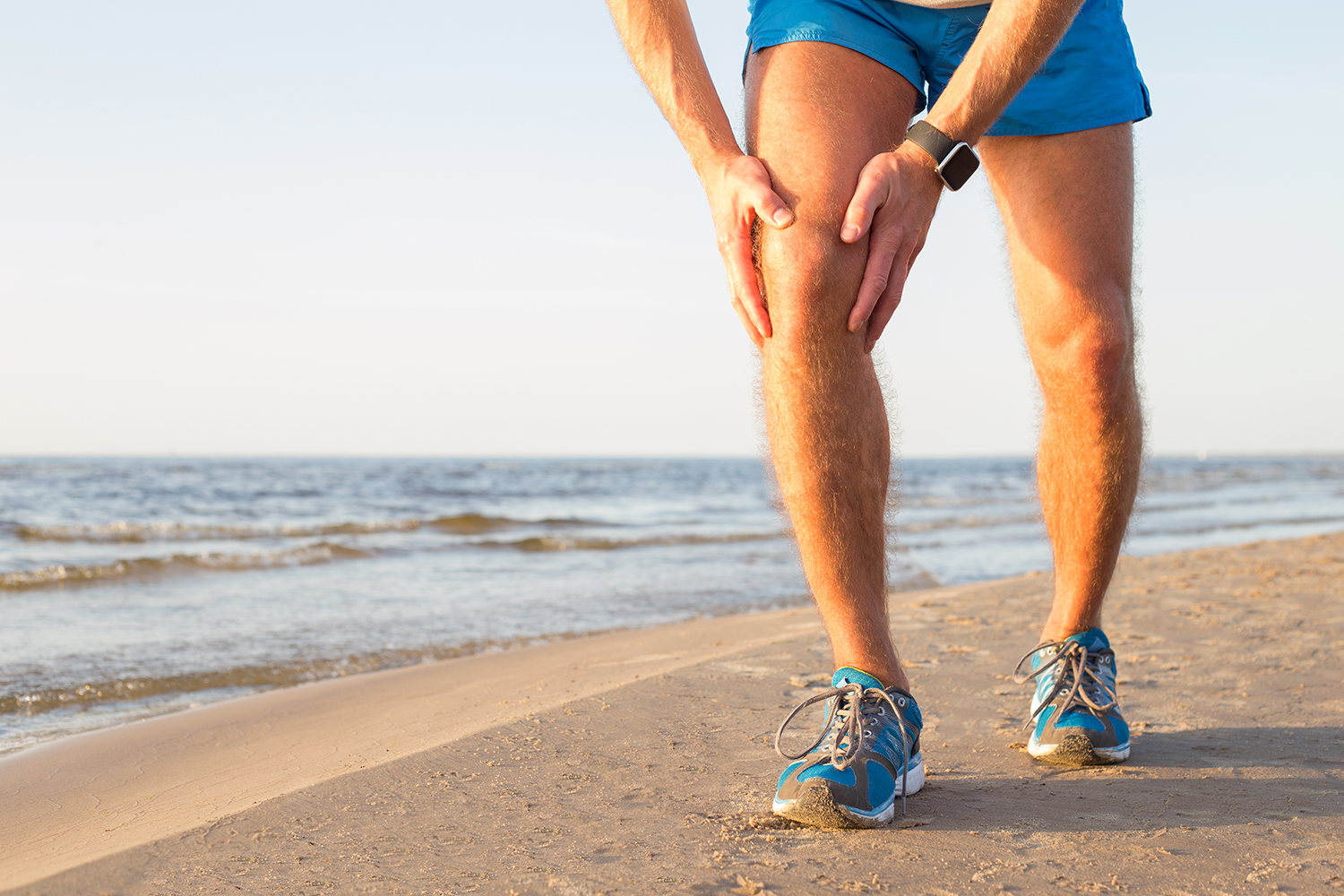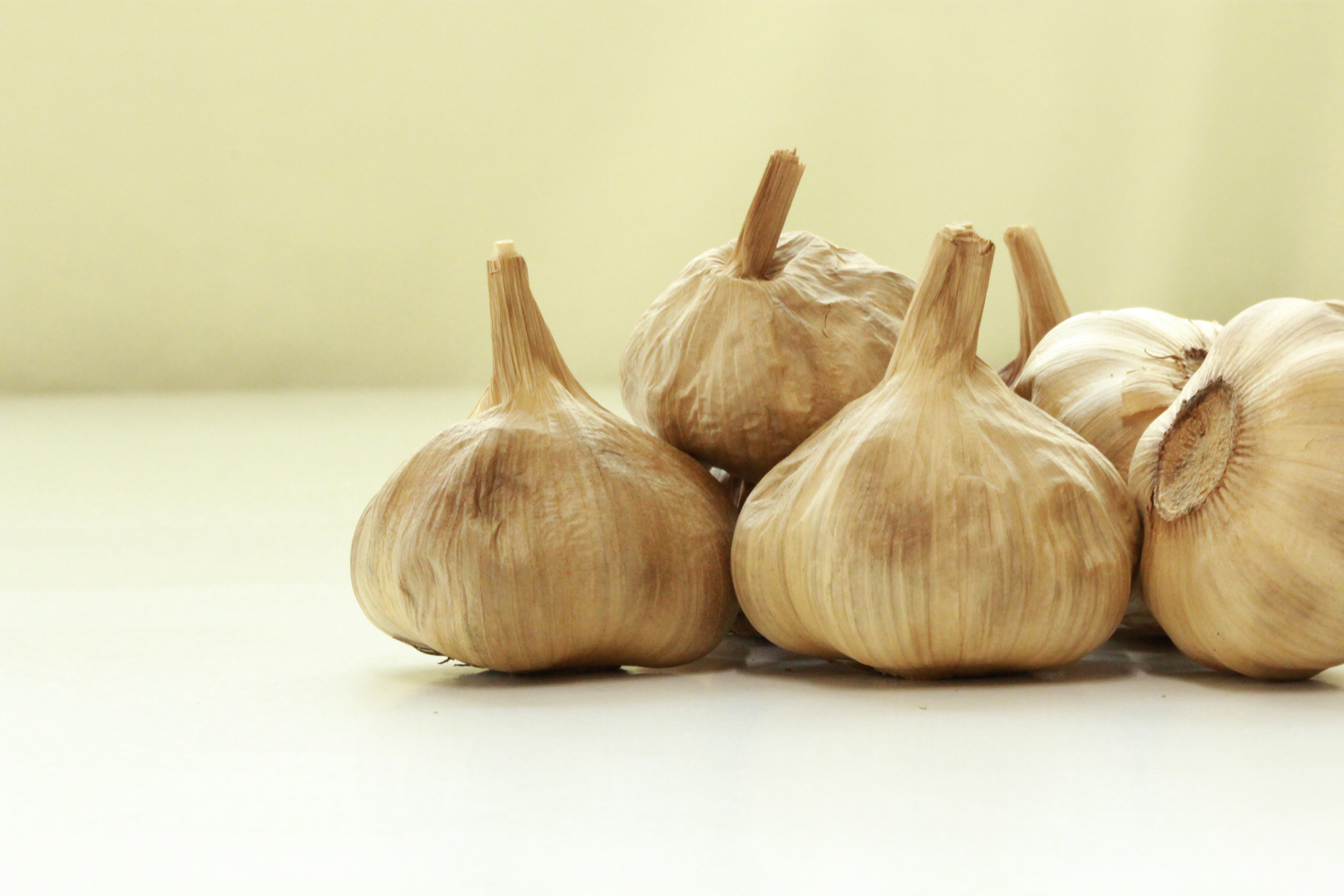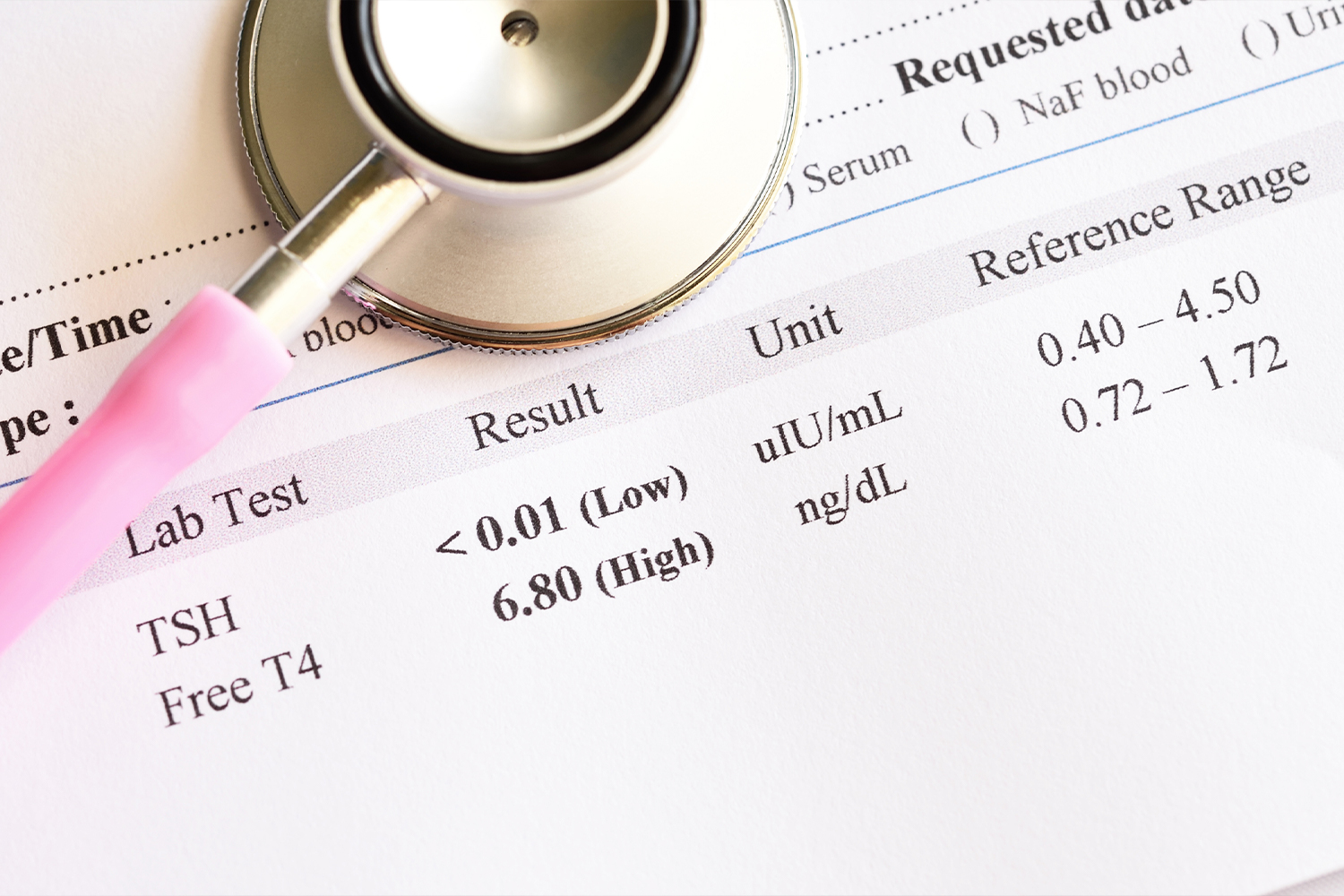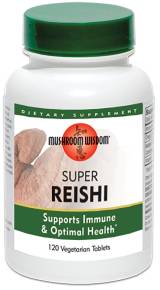Even very young children can help choose and prepare meals. It’s not only educational and fun, but it also may be great for their long-term health.
Kids who take part in meal preparation are more likely to eat the food, even green vegetables!
How Kids Can Help with Meal Preparation
So what are the best ways to involve kids in meal prep? Try these strategies, depending on the child’s age and ability.
Preschoolers in the Kitchen
Toddlers can help a little by handing light items to the cook, rinsing fruits and vegetables, and tearing lettuce or other greens. A 3- or 4-year-old child can usually handle these steps:
- Helping to set the table
- Stirring batter
- Kneading dough
- Assembling a pizza
- Peeling oranges or bananas (and maybe a hard-boiled egg)
- Tossing a salad
5- to 8-year-old Kitchen Helpers
- Cutting soft fruits with a dull knife
- Measuring liquids
- Scrubbing potatoes
- Grating cheese
- Peeling onions
- Cracking raw eggs
- Loading the dishwasher
Cooking with Preteens
- Using a food processor
- Opening cans
- Cutting with a chef’s knife
- Cooking in the oven
- Baking breads
Teenagers and Kitchen Basics
- Using all appliances
- Cooking on an outdoor grill
- Purchasing groceries
Involved Kids Eat Better
“Encouraging parents to involve their children in the preparation of healthy and balanced meals could be a valuable intervention strategy to improve the diets and vegetable intake of children,” wrote the authors of a recent study. They compared two groups of 6- to 10-year-old kids and their reactions to a meal of pasta, chicken, cauliflower, and salad. One group participated in the food preparation along with a parent. The second group did not take part in the prep, but were served the same items.
Kids who helped in the kitchen ate significantly more salad and chicken than those who didn’t participate. Those in the first group also reported feeling more positive and “feeling in control” of the experience, the authors wrote.



















